Maintaining a clean and healthy home is a top priority for many homeowners. Central vacuum systems provide an efficient and convenient solution, offering superior cleaning power and improved indoor air quality. However, with a variety of options available in the market, choosing the right central vacuum system for your home can be a daunting task. In this blog, we will guide you through the process of selecting the ideal central vacuum system that meets your specific needs and ensures a cleaner living environment.
Assessing Your Home's Needs
A. Evaluating Home Size and Layout
When selecting a central vacuum system for your home in New Zealand, it's important to consider the size, layout, and unique architectural features that may influence your cleaning requirements. By assessing these factors, you can make an informed decision that suits your specific needs. Let's explore each aspect in more detail:
Determining the square footage of your home: In New Zealand, homes can vary in size, from compact urban apartments to spacious suburban houses. Measure the square footage of your home to understand the cleaning coverage required. A larger home may necessitate a central vacuum system with a more powerful motor and greater suction capacity.
Considering the number of floors and rooms: Take into account the number of floors and rooms in your New Zealand home. Whether you have a single-level dwelling or a multi-level house, you need to ensure that each floor and room has convenient access to the central vacuum system. Assess the layout to determine the ideal placement of inlet valves and the routing of PVC piping to cover all areas effectively.
Assessing unique architectural features: New Zealand homes often exhibit unique architectural features that require special consideration. For example, high ceilings, vaulted roofs, or tight corners may impact the installation and performance of the central vacuum system. It's crucial to choose a system that can accommodate these features, ensuring thorough cleaning without limitations or compromises.
By evaluating the size, layout, and unique architectural features of your New Zealand home, you can select a central vacuum system that meets your specific needs. Consider the square footage to determine the appropriate power and capacity, account for the number of floors and rooms for adequate coverage, and address any architectural peculiarities to ensure efficient cleaning. A well-suited central vacuum system will enhance your cleaning routine and contribute to a cleaner and healthier home environment in New Zealand.
B. Identifying Cleaning Requirements
Understanding your specific cleaning requirements as a homeowner in New Zealand is crucial when choosing a central vacuum system. By considering the types of surfaces in your home, any specific cleaning needs, and the frequency of cleaning, you can select a system that effectively addresses these requirements. Let's delve into each aspect with a focus on New Zealand customers:
Types of surfaces in your home: New Zealand homes often feature a variety of surfaces, including carpets, hardwood floors, tiles, and more. Consider the types of flooring you have when selecting a central vacuum system. For carpets, look for a system with strong suction power to effectively lift embedded dirt and debris. If you have delicate hardwood floors or tiles, choose a system that offers adjustable suction settings or specialized attachments to prevent damage while ensuring thorough cleaning.
Specific cleaning needs: As a New Zealand homeowner, you may have specific cleaning needs related to pets, allergies, or other factors. If you have pets, consider a central vacuum system with superior pet hair removal capabilities, such as specially designed brush attachments or additional filtration for capturing pet dander. For allergy sufferers, prioritize systems with advanced filtration, such as HEPA filters, which effectively capture allergens and improve indoor air quality.
Frequency of cleaning: The frequency of cleaning varies among New Zealand households. Some prefer daily or weekly cleaning routines, while others may opt for less frequent cleaning. Determine how often you intend to use your central vacuum system and choose a system that can handle your desired cleaning frequency. Consider systems with larger capacity collection canisters or bags to accommodate less frequent emptying.
Understanding the central vacuum system is essential when selecting the right system for your cleaning needs in New Zealand. The central unit, PVC piping and inlet valves, and the filtration system all play vital roles in the system's functionality. Choosing a central unit with a powerful motor ensures effective suction for efficient cleaning. A well-designed PVC piping network and strategically placed inlet valves allow for optimal suction throughout your home. Additionally, exploring different filtration options, such as HEPA filters, improves indoor air quality for a cleaner and healthier living environment. For a more detailed understanding of how central vacuum systems work, be sure to check out our linked blog post. By familiarizing yourself with these components, you can make an informed decision and select a central vacuum system that meets your specific needs in New Zealand.
Suction Power
When selecting a central vacuum system for your New Zealand home, one of the most critical performance factors to consider is the suction power. Sufficient suction power ensures effective cleaning and the removal of dirt, dust, and debris from various surfaces. Understanding the importance of suction power and the factors that affect it will help you make an informed decision. Let's explore this performance factor in more detail:
Understanding the importance of sufficient suction power: Suction power determines how effectively a central vacuum system can pull in dirt and debris. Sufficient suction power is crucial for thorough cleaning, especially on carpets and rugs, where deep-seated dirt can be more challenging to remove. Adequate suction power ensures that the system can effectively lift dirt and debris from different surfaces, leaving them cleaner and fresher.
Factors affecting suction strength: Several factors can affect the suction power of a central vacuum system. Consider the following when evaluating different models:
Motor Power: The strength of the central unit's motor directly impacts the suction power. Look for systems with high-powered motors to ensure strong and consistent suction throughout your cleaning sessions.
Airflow Design: The design of the system's airflow pathway can impact the overall suction strength. A well-designed airflow system minimizes restrictions and maximizes the flow of air, enhancing the suction power.
Tubing Diameter and Length: The diameter and length of the PVC piping can affect suction power. Larger diameter pipes and shorter lengths result in less air resistance and better airflow, thus increasing the suction strength.
B. Airflow Efficiency
The system's airflow design and the diameter and length of the tubing play a significant role in achieving optimal cleaning performance. Let's explore this performance factor in more detail:
Assessing the system's airflow design for optimal cleaning performance: The airflow design of a central vacuum system determines how effectively air and debris are transported from the cleaning area to the central unit. A well-designed airflow system minimizes restrictions and maximizes the flow of air, enhancing the overall cleaning performance. Look for systems that feature efficient airflow paths and designs to ensure consistent and powerful suction throughout your cleaning sessions.
Impact of tubing diameter and length on airflow efficiency: The diameter and length of the PVC tubing used in the central vacuum system can impact the efficiency of the airflow. Larger diameter pipes allow for greater airflow, reducing air resistance and improving suction power. Similarly, shorter lengths of tubing minimize friction and enhance the overall efficiency of the system. Consider systems that incorporate appropriately sized tubing with optimized diameters and lengths to ensure maximum airflow efficiency.
C. Noise Levels
Choosing a central vacuum system for your New Zealand home, consider noise levels is an important factor to ensure a quieter and more enjoyable cleaning experience. Evaluating the noise reduction features and comparing the decibel levels of different models will help you select a system that minimizes noise disturbances. Let's explore this aspect in more detail:
Considering noise reduction features for a quieter cleaning experience: Central vacuum systems vary in terms of noise levels generated during operation. Some systems are designed with noise reduction features to minimize sound disturbances, making the cleaning experience more pleasant for you and others in your home. Look for systems that incorporate insulation, vibration reduction technology, or sound-dampening materials to minimize noise during operation.
Evaluating decibel levels of different models: Decibel (dB) levels indicate the intensity of sound produced by a central vacuum system. Lower decibel levels represent quieter operation. When comparing different models, consider the decibel ratings provided by the manufacturer. Opt for systems with lower decibel ratings to ensure a quieter cleaning experience, especially if you prefer to clean during quiet hours or have family members or pets who may be sensitive to noise.
Convenience Features
A. Hose Length and Reach
Enhancing your cleaning experience in your New Zealand home goes beyond just selecting a central vacuum system. It's about considering the convenience features that make your cleaning routine seamless and comfortable. When choosing a system, take into account the hose length and reach, as well as the availability of accessories and attachments. These factors play a vital role in ensuring that you have the perfect cleaning companion that fits your home's layout like a glove. So, let's explore these aspects in more detail, empowering you to make an informed decision that will elevate your cleaning experience to new heights.
Determining the ideal hose length for your home's layout: Consider the size and layout of your home when evaluating the hose length of a central vacuum system. A longer hose allows you to reach further distances without the need to unplug and relocate the central unit. Measure the farthest corners or areas you wish to clean and choose a system with a hose length that provides sufficient reach. This ensures that you can clean every room and space in your home with ease and convenience.
Considering accessories and attachments for versatile cleaning: Versatility is a key consideration when it comes to central vacuum systems. Look for systems that offer a variety of accessories and attachments to cater to different cleaning needs and surfaces. These may include crevice tools for tight spaces, upholstery brushes for furniture, or specialized floor brushes for carpets or hard floors. Having a range of attachments ensures that you can effectively clean various surfaces and hard-to-reach areas, making your cleaning routine more efficient and comprehensive.
B. Maintenance and Emptying
Maintaining your central vacuum system is crucial for its long-term performance and durability. When selecting a system for your New Zealand home, it's important to consider the ease of maintenance, including emptying the collection canister or replacing bags, as well as the availability of replacement parts. Let's explore these maintenance aspects in more detail:
Exploring ease of maintenance, such as emptying the collection canister or replacing bags: Different central vacuum systems have varying methods for collecting and containing dirt, dust, and debris. Some systems utilize collection canisters that need to be emptied periodically, while others use disposable or reusable bags. Consider your preferences and lifestyle when evaluating the maintenance requirements. If you prefer a bagged system, check the availability of replacement bags and the ease of replacing them. For systems with collection canisters, assess how easy it is to access and empty the canister, ensuring a hassle-free cleaning routine.
Availability of replacement parts: To ensure the longevity of your central vacuum system, it's important to consider the availability of replacement parts. Over time, certain components may require replacement due to wear and tear or accidental damage. Before making a purchase, research the availability of replacement parts such as filters, hoses, and attachments. Opt for systems from reputable brands that provide easy access to spare parts, ensuring you can easily maintain and repair your system as needed.
When selecting a central vacuum system for your New Zealand home, evaluating the user-friendly controls is essential for a seamless cleaning experience. Assessing the control options, such as on/off switches and remote controls, as well as considering the ease of use and accessibility of controls, will help you choose a system that fits your preferences and makes cleaning more convenient. Let's explore this aspect in more detail:
Evaluating control options (on/off switches, remote controls, etc.): Different central vacuum systems offer various control options for operation. Traditional systems may feature on/off switches directly on the central unit or wall-mounted control panels. Advanced systems may provide remote controls or even smartphone apps for convenient operation from anywhere in your home. Evaluate the control options available with different models and consider which method aligns with your preferences and lifestyle.
Assessing ease of use and accessibility of controls: The ease of use and accessibility of controls can significantly impact the convenience of your cleaning routine. Consider systems that provide intuitive controls and easy access. Wall-mounted control panels should be strategically placed for convenient reach, allowing you to start or stop the system with ease. If the system offers a remote control or smartphone app, ensure it is user-friendly and provides seamless control access from different areas of your home.
Importance of proper installation for optimal system performance: Proper installation plays a vital role in the overall performance and effectiveness of your central vacuum system. When installed correctly, the system will deliver consistent suction power, efficient airflow, and reliable operation. Professional installers understand the intricacies of the system, ensuring that the tubing network is correctly routed, inlet valves are strategically placed, and the central unit is appropriately connected to maximize performance.
C. Warranty and Support
Evaluating warranty coverage and duration: When selecting a central vacuum system, carefully review the warranty coverage and duration offered by the manufacturer. A comprehensive warranty provides peace of mind and protection against any manufacturing defects or malfunctions. Consider the length of the warranty and the specific components or parts covered to ensure adequate protection for your investment.
Assessing the availability of customer support and service: It's important to assess the availability of customer support and service from the manufacturer or supplier. Reliable customer support ensures that any queries, concerns, or issues can be promptly addressed. Look for manufacturers or suppliers who offer responsive customer support channels, such as phone, email, or live chat, as well as access to technical assistance or service centers.
In conclusion, choosing the right central vacuum system for your New Zealand home requires careful consideration of various factors. Assess your home's size, layout, and unique architectural features, along with your cleaning requirements, such as surface types, specific needs, and cleaning frequency. Evaluate performance factors like suction power, airflow efficiency, and noise levels. Consider convenience features such as hose length and accessories. Explore maintenance ease and availability of replacement parts. Assess user-friendly controls and weigh the pros and cons of DIY versus professional installation. Lastly, evaluate warranty coverage and customer support. By making informed decisions based on these considerations, you can select a central vacuum system that meets your needs, enhances your cleaning experience, and contributes to a cleaner and healthier living environment in your New Zealand home.
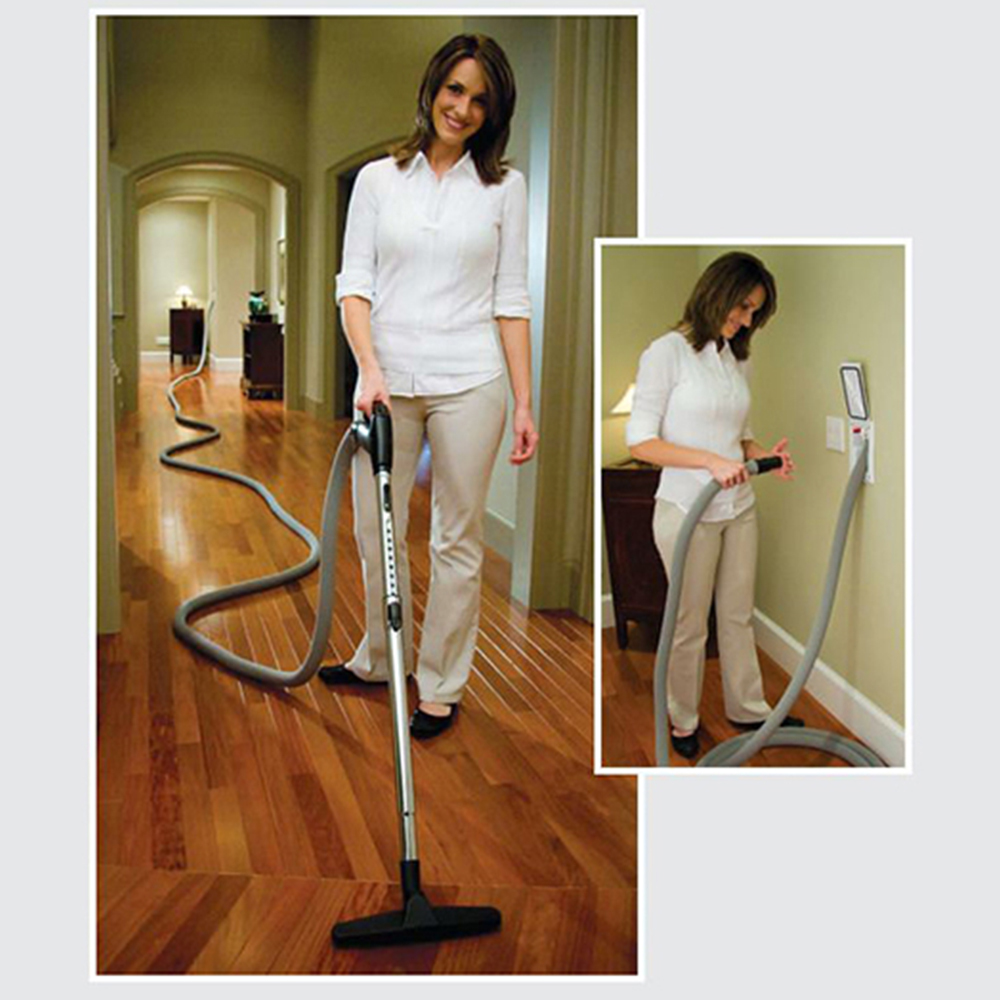

Here, we delve deeper into maintaining and enhancing the performance and lifespan of your CVS.
Read More

Central Vacuum Systems (CVS), a modern solution that not only ups the ante in cleaning efficiency but also presents a slew of environmental benefits
Read More

Central Vacuum System (CVS). As we delve deeper into this often-overlooked addition, we'll explore how integrating a CVS can be both a practical choice for homeowners and a magnet for potential buyers
Read More

Clinically proven! A BEAM Central Vacuum Systems removes allergens and dirt from the living areas... reducing allergy symptoms as much as 61%!
Read More
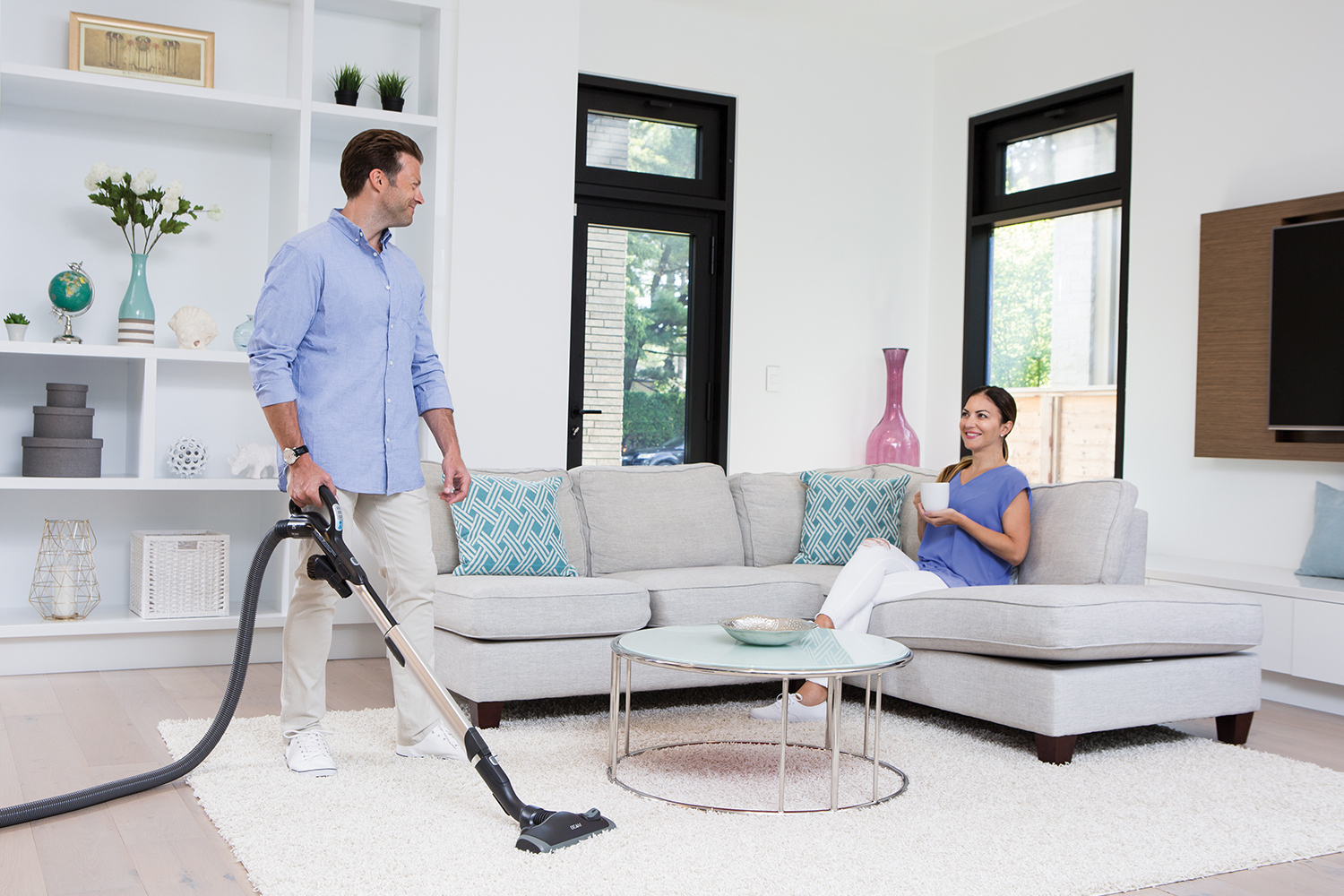
The capacity of the waste collection receptacles varies depending on the type of Vacuum Cleaner you use.
Read More

We all want the air that we breathe, to be as clean and fresh as possible.
Read More

People who suffer from allergies, asthma and other respiratory problems make up 20% of the population in New Zealand.
Read More

It's time that we started thinking about our health and the health in our home.
Read More
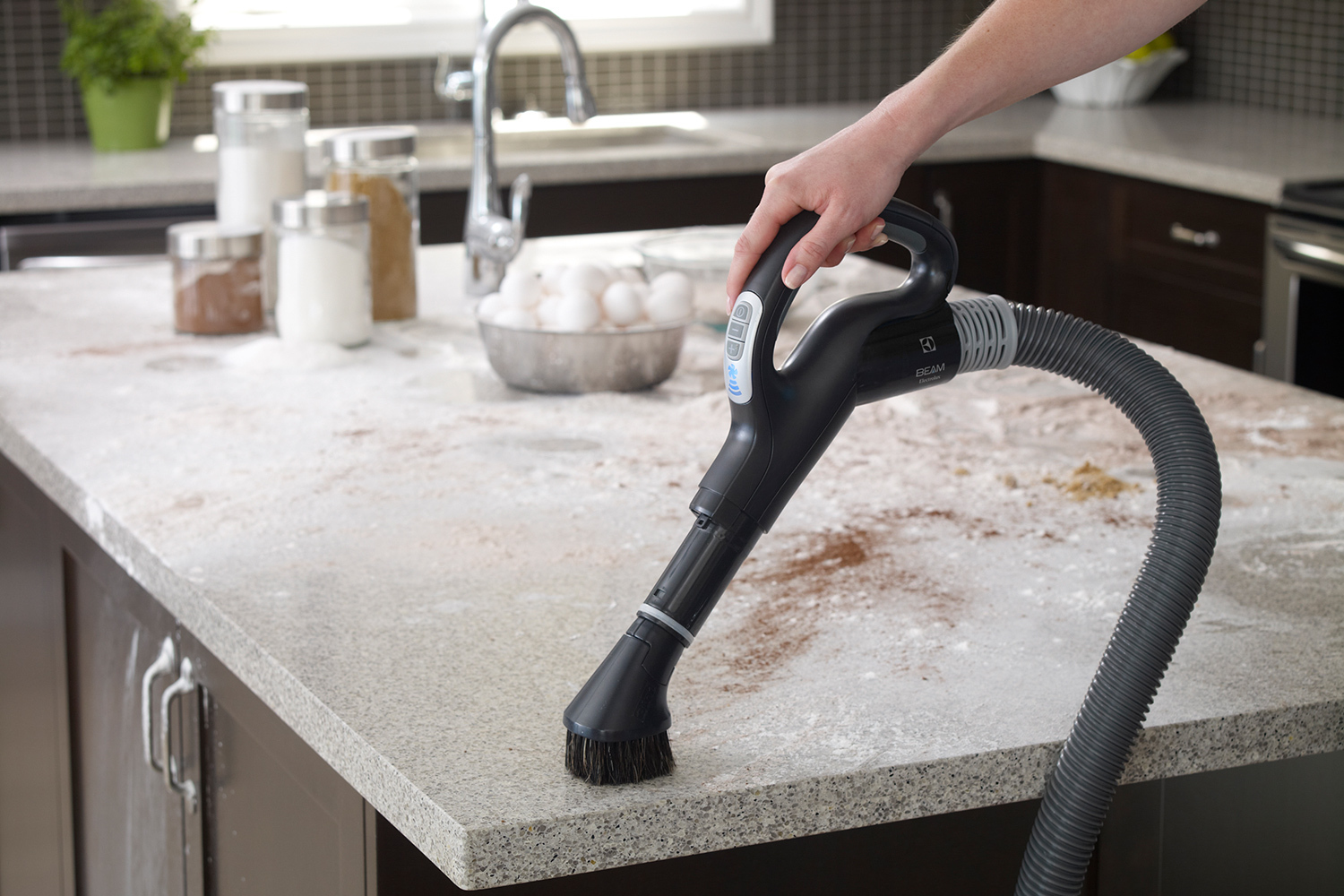
If you're wondering whether it's time for an upgrade, here are five signs to watch out for
Read More

While the advantages of a CVS are many, the installation requires meticulous planning and design forethought to extract the system's full potential.
Read More
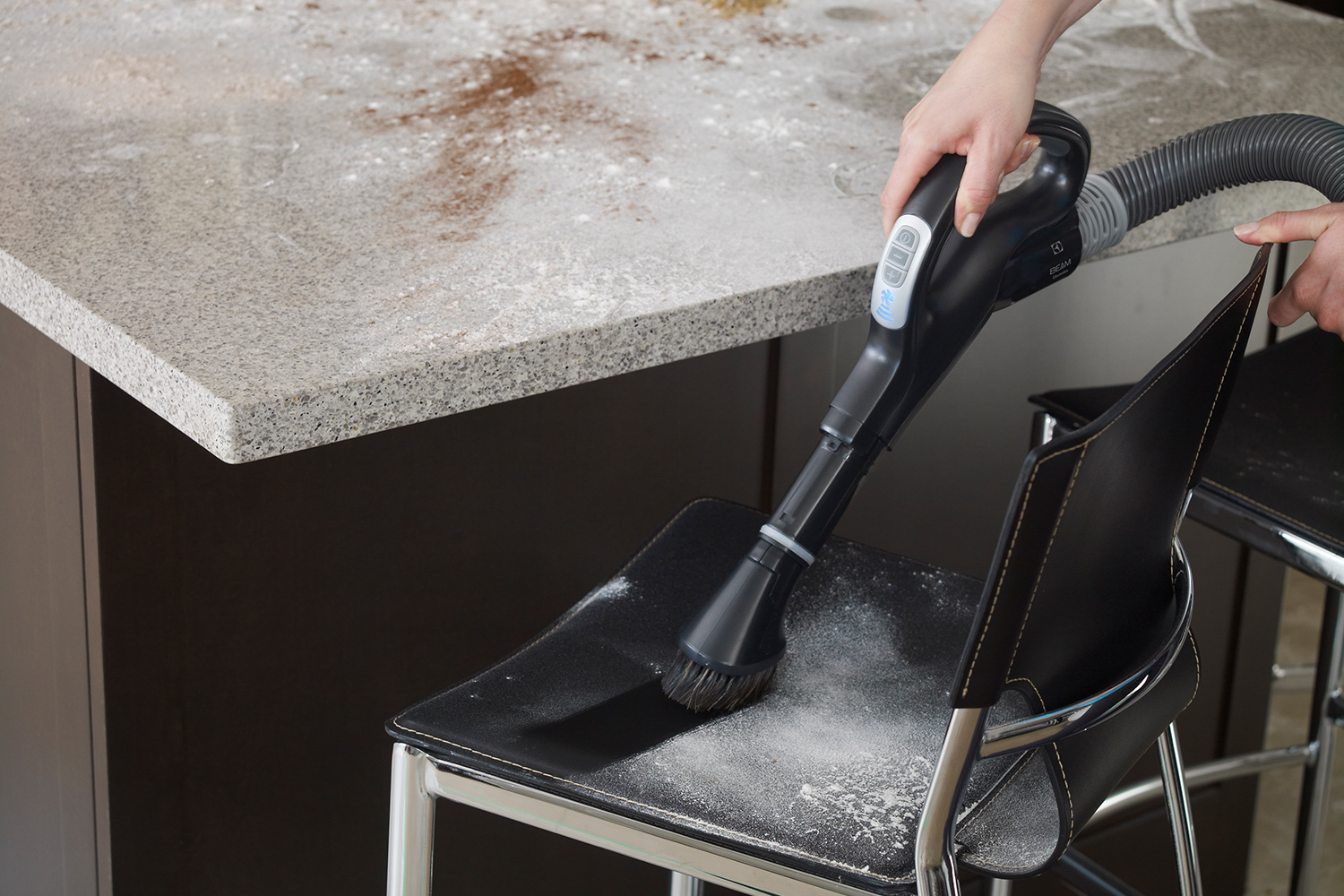
In this blog, we will guide you through the process of selecting the ideal central vacuum system that meets your specific needs and ensures a cleaner living environment.
Read More
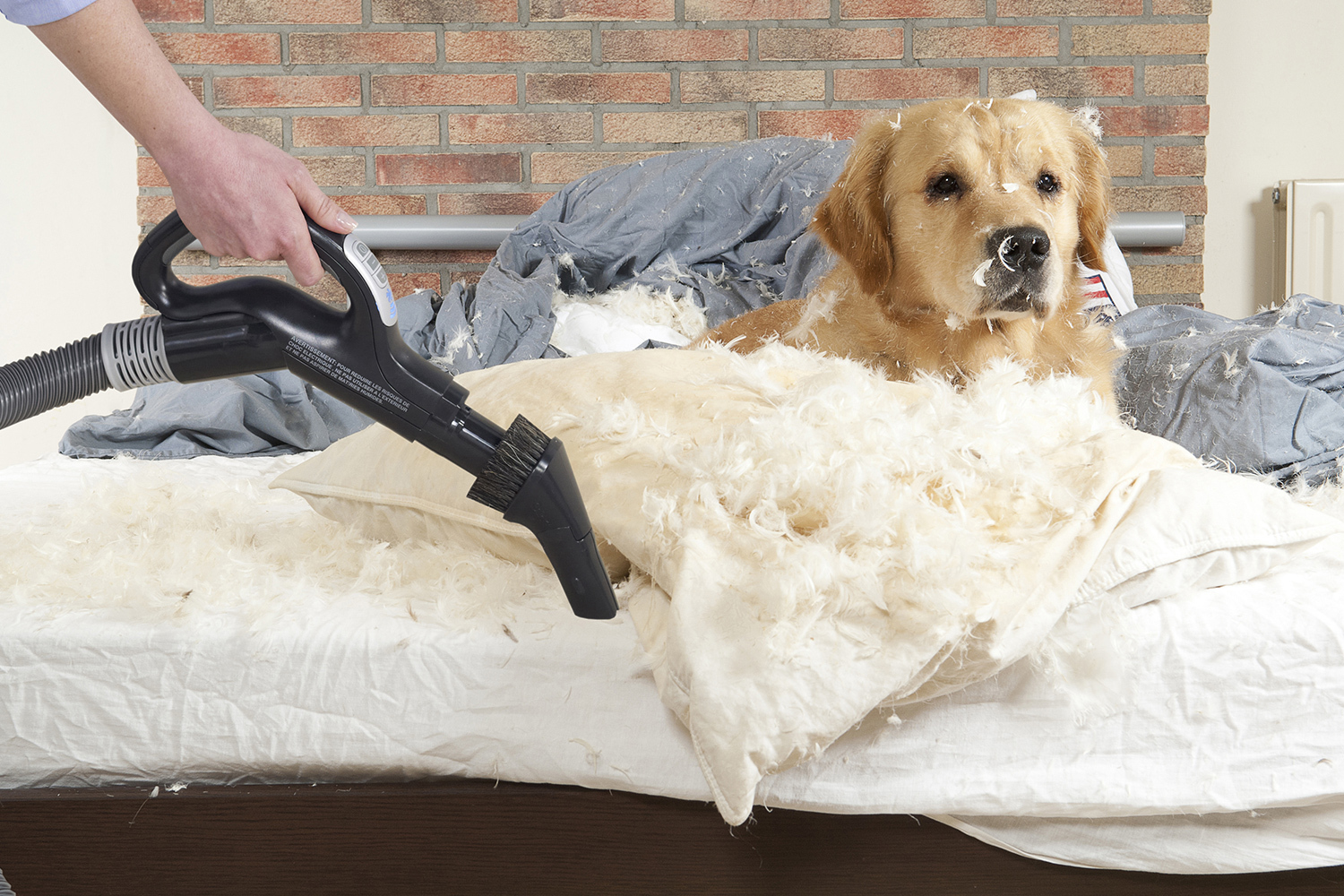
In this blog, we will delve into the inner workings of central vacuum systems, exploring the technology behind their operation and how they efficiently clean from room to room
Read More
Contact us
For over 65 years, BEAM has been a leading manufacturer of central vacuum systems with a long line of innovative products to raise the bar.
Contact us